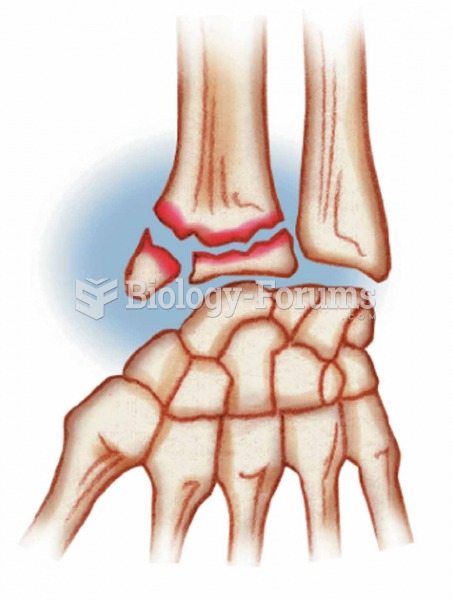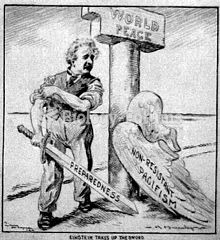This topic contains a solution. Click here to go to the answer
|
|
|
Did you know?
The newest statin drug, rosuvastatin, has been called a superstatin because it appears to reduce LDL cholesterol to a greater degree than the other approved statin drugs.
Did you know?
There are approximately 3 million unintended pregnancies in the United States each year.
Did you know?
There are more nerve cells in one human brain than there are stars in the Milky Way.
Did you know?
More than nineteen million Americans carry the factor V gene that causes blood clots, pulmonary embolism, and heart disease.
Did you know?
Blood is approximately twice as thick as water because of the cells and other components found in it.






